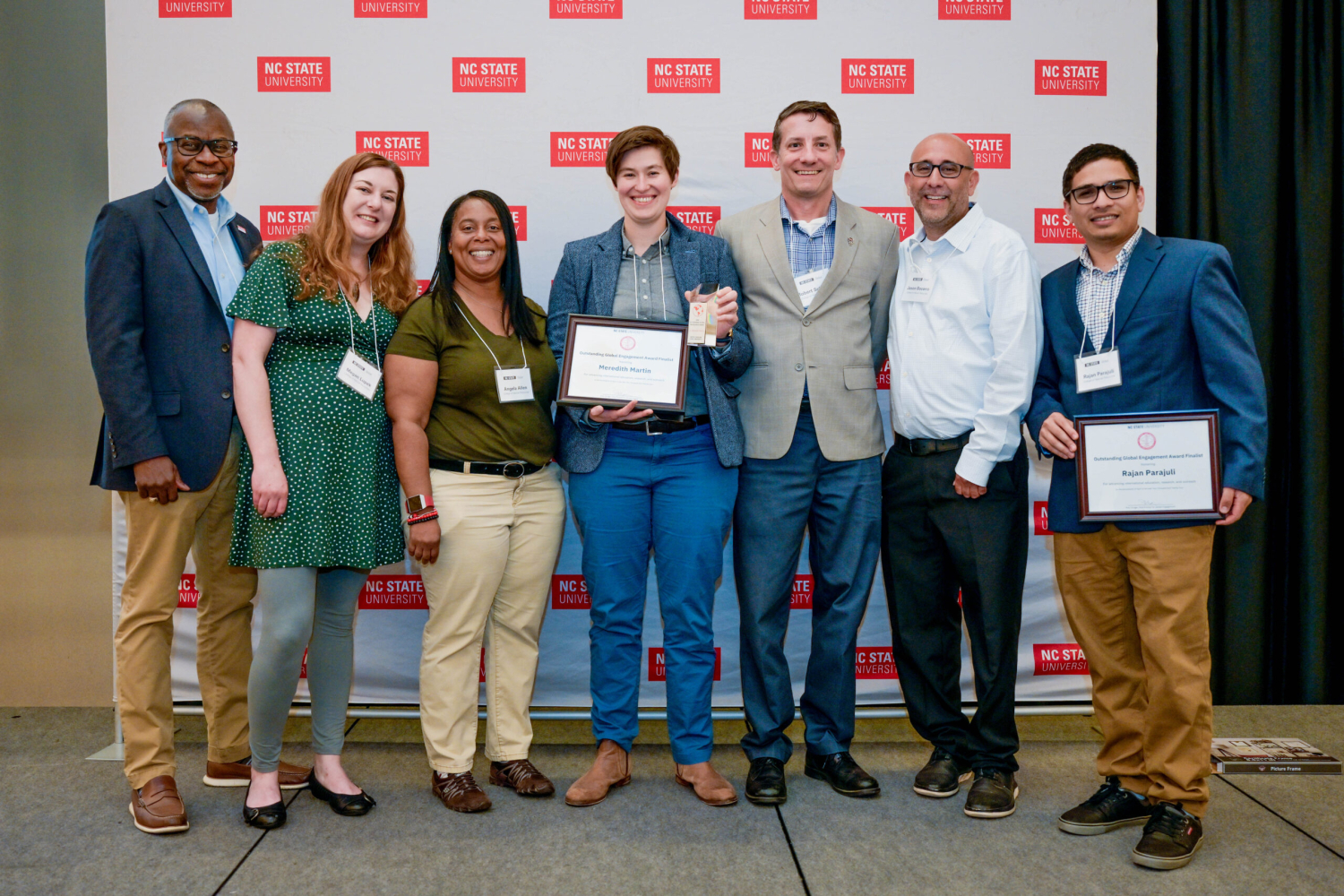Common bricks can be used to detect past presence of uranium, plutonium

Nuclear engineering researchers have demonstrated a technique that can determine whether bricks — the common building material that is omnipresent on the NC State campus — have ever been near a radiological source and identify the specific type of source, such as high enriched uranium or plutonium. The technique is possible when there are no chemical residues left behind and has security and nuclear nonproliferation applications.
Dr. Robert Hayes, an associate professor in the Department of Nuclear Engineering and co-author of a paper on this work, previously used simulations to demonstrate the concept that building materials could be used to characterize nuclear material — even after it was no longer there.
But the NC State team has now validated that the technique works for characterizing transuranic radioactive materials and fine-tuned the technique so that it can be done in days instead of weeks.
“The technique laid out in our paper can take brick samples the size of a thimble and use them to identify whether a radiological source was plutonium, uranium, and so on, even if the source has been removed,” says Ryan O’Mara, a Ph.D. student in Hayes’ lab and first author of the paper.
“That has clear nonproliferation applications. For example, if a facility says that it has not been making high-enriched uranium — the kind used in weapons — you could take a sample from the building itself and determine whether there had been high-enriched uranium on site.”
Researchers envision a variety of future applications as well.
The researchers think the technique may also be used to determine whether nuclear facilities are shipping out as many spent “low burnup” fuel rods as they say they are. This is significant because some facilities have secretly diverted a percentage of their low burnup fuel rods for use as feedstock that can be used to create weapons-grade plutonium.
Return to contents or download the Fall/Winter 2018 NC State Engineering magazine (PDF, 3MB).
- Categories:


